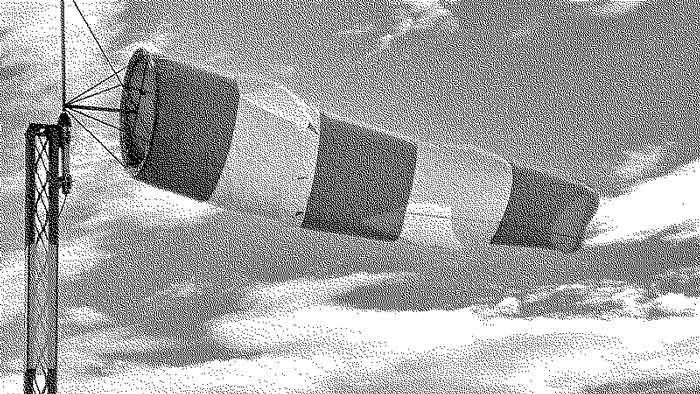
The storm and violent winds in Western France remind us of the ambiguous relationship between men and the wind.
Wind and street ventilation are normally sought during the summer period, if air speeds remain moderate: they then allow cooling through natural ventilation and help to reduce the urban heat island phenomenon.
However, the wind is also feared to the point that we seek protection from it (windbreaks, etc.).
The medieval plan of towns exposed to violent winds, such as that of the city of Avignon, subject to the effects of the mistral, bears witness to this.
This ambiguity of the relationship between men and the wind was extensively studied by the Franco-Swiss engineer and geographer Edgar Aubert de la Rüe (1901-1991) in the book Man and the Wind published in 1940.
In this work, Edgar Aubert de la Rüe explains that the relationship between men and the wind is complex in many cultures.
If the wind has been domesticated for energy conversion (mill, wind turbine, etc.) and transport needs, traditional agriculture and the morphology of numerous rural constructions testify to a search for protection against the devastating effects of wind in many countries.
This tension explains why wind is a difficult climatic element to understand in bioclimatic design.
Source: A. Bornarel, E. Aubert de la Rüe, C. Barniaudy.
Image: Unsplash, Mark Koënig